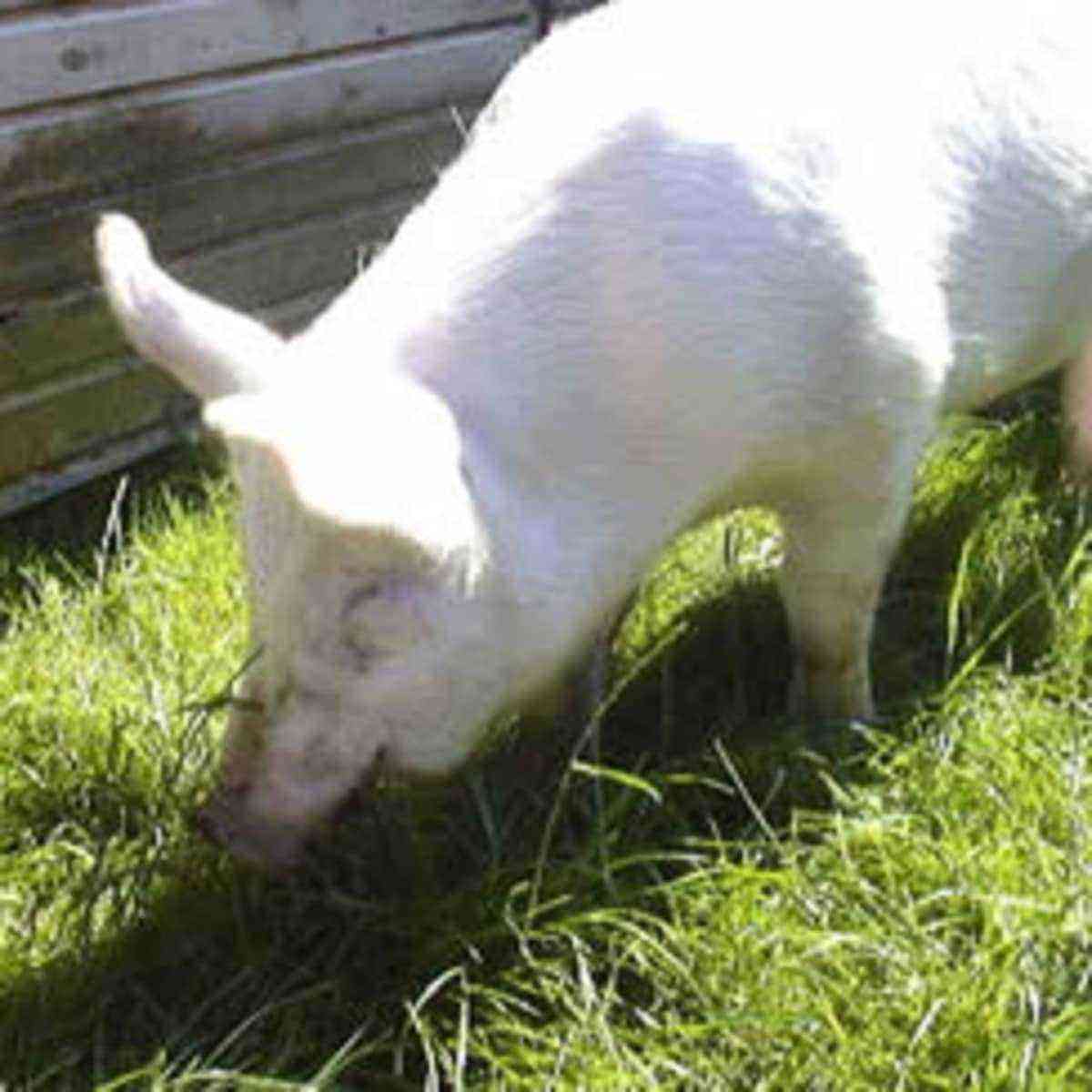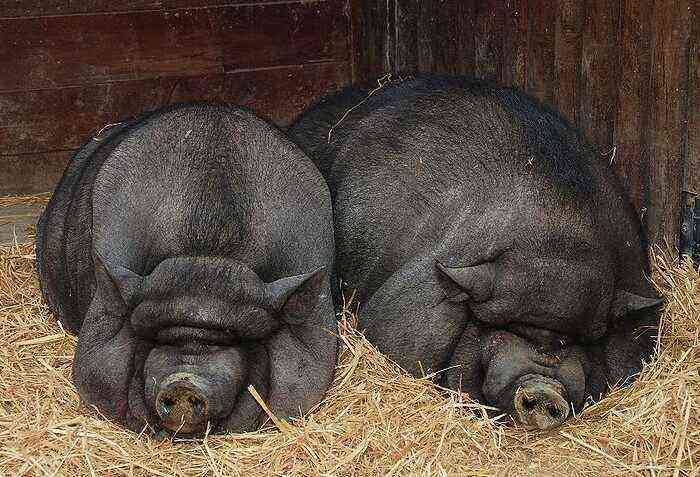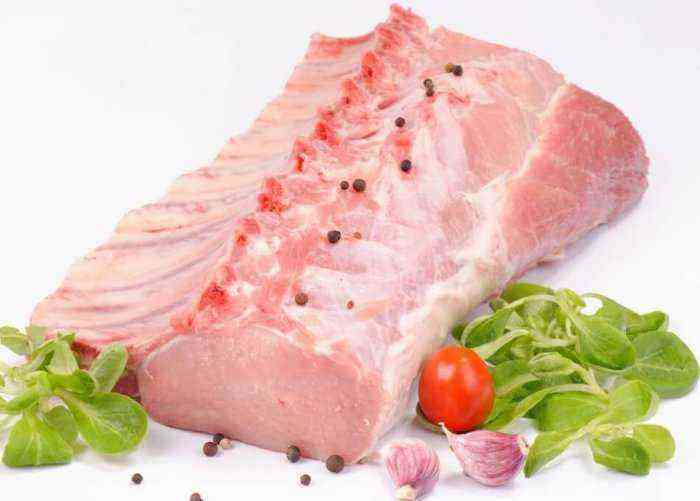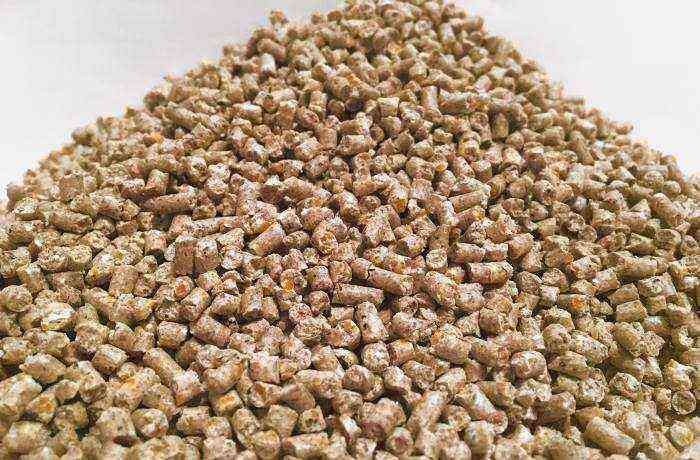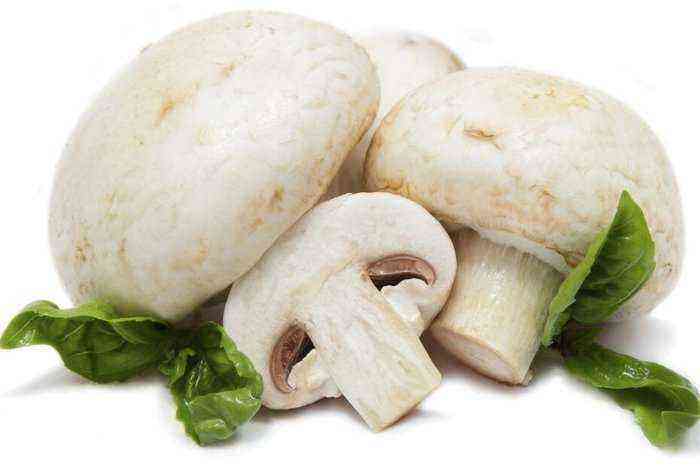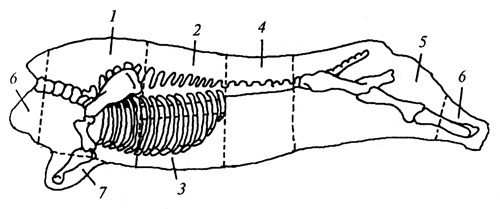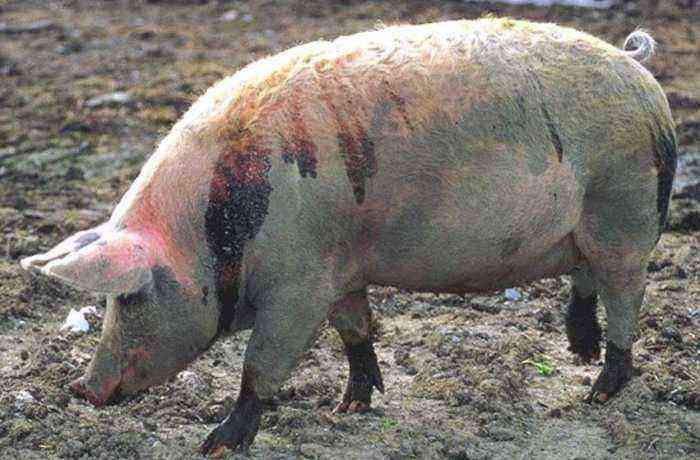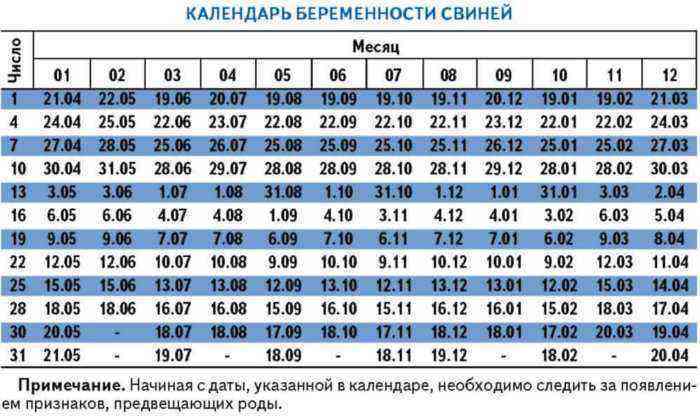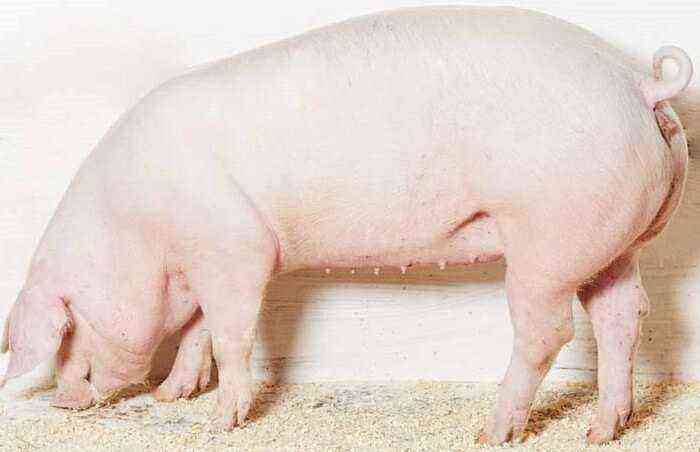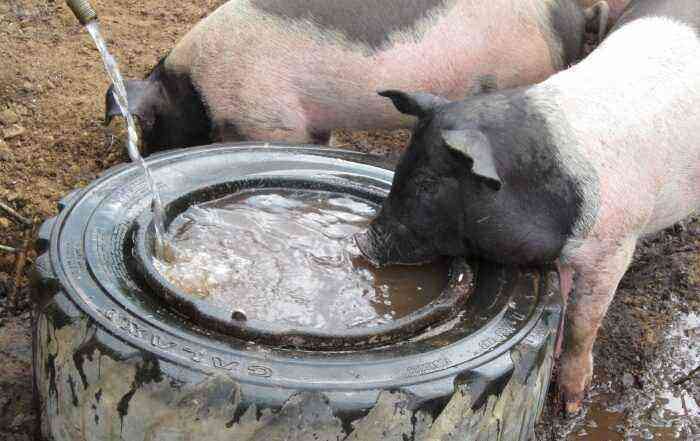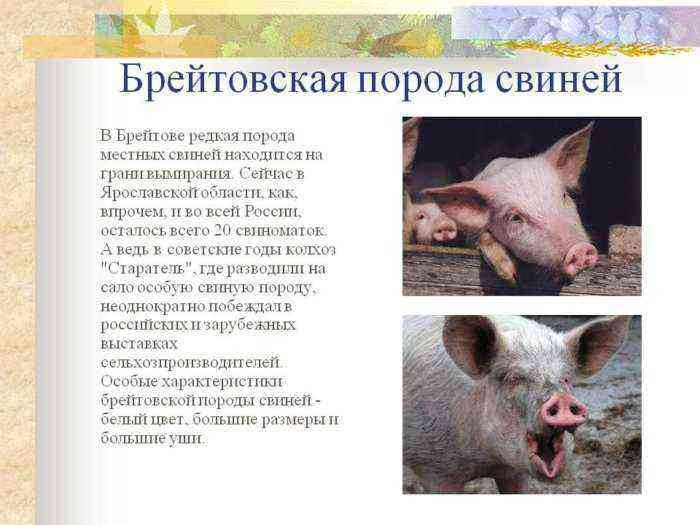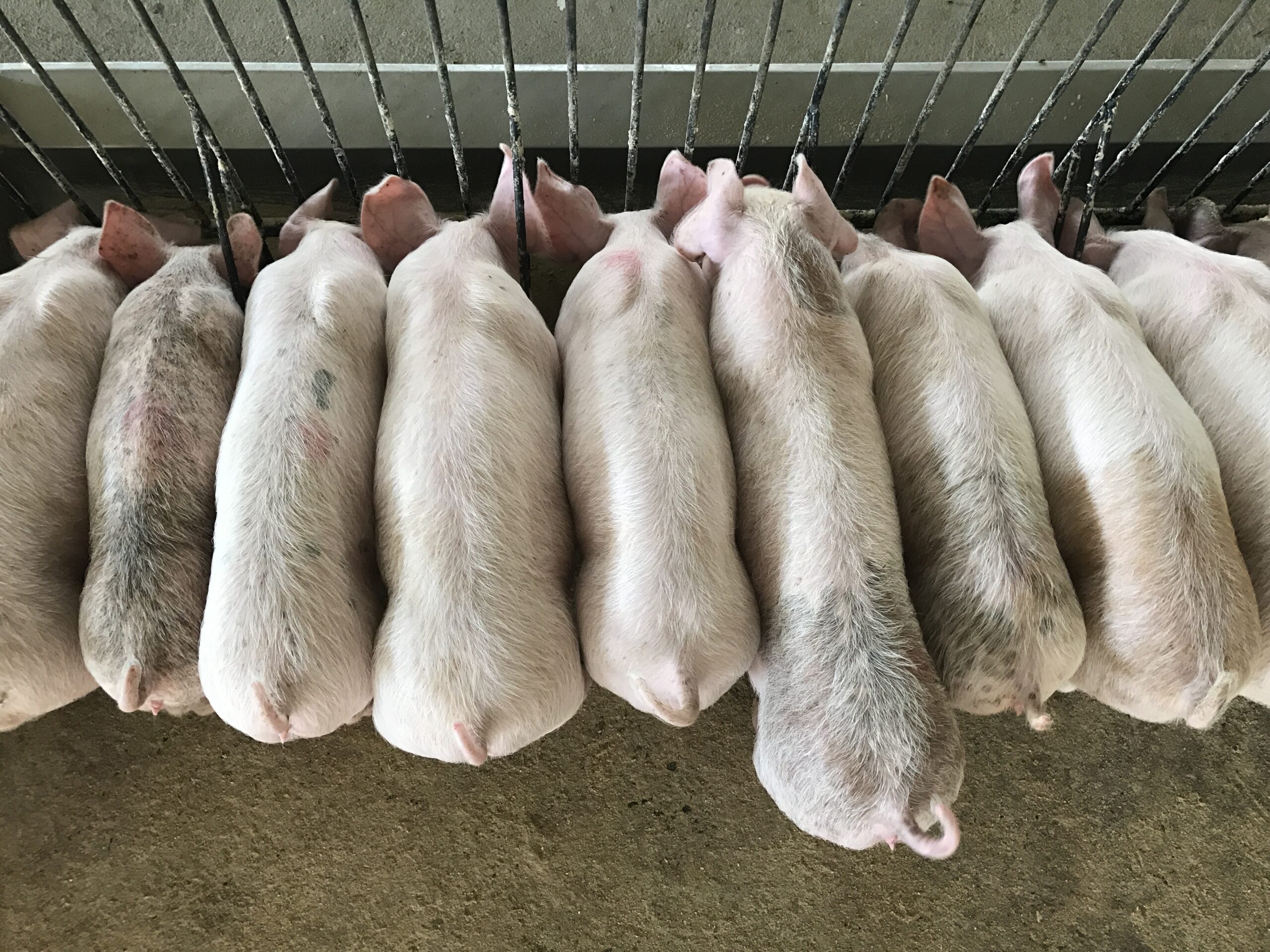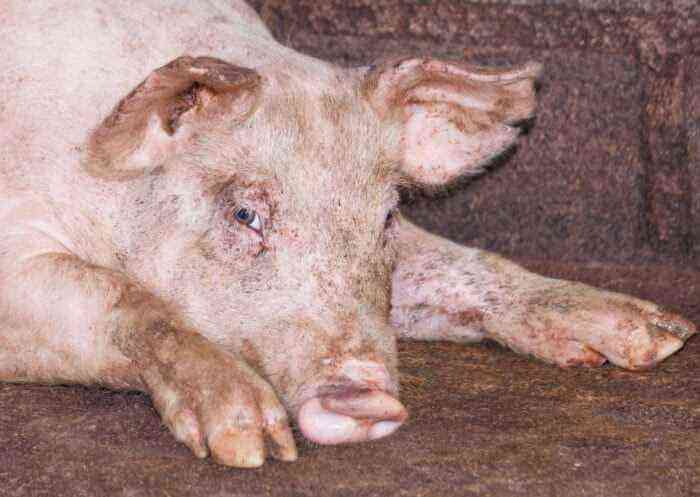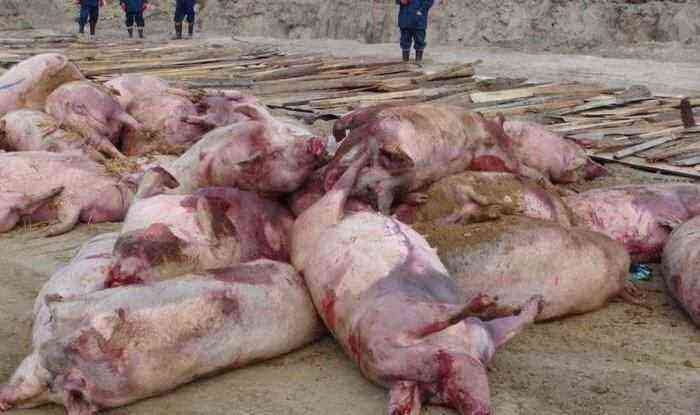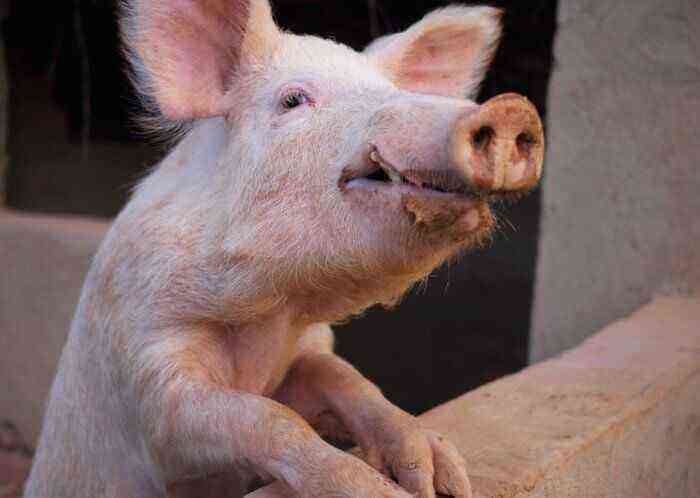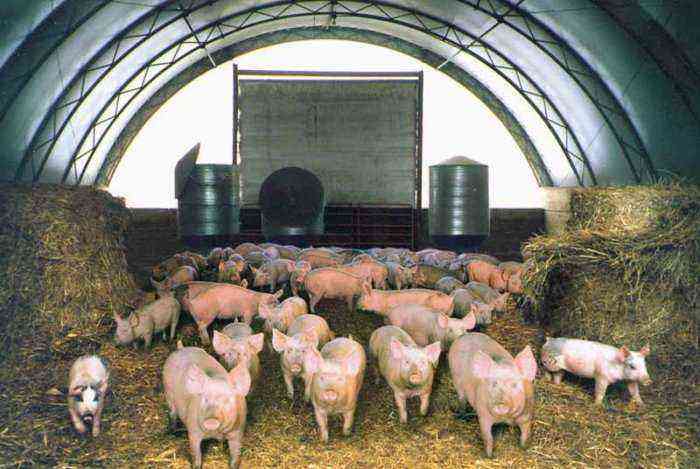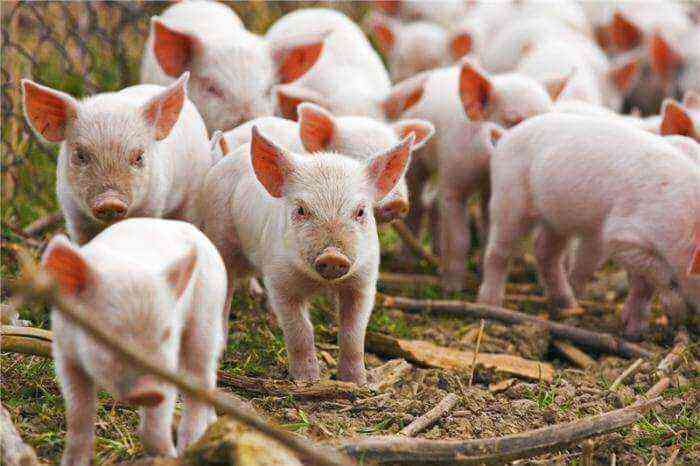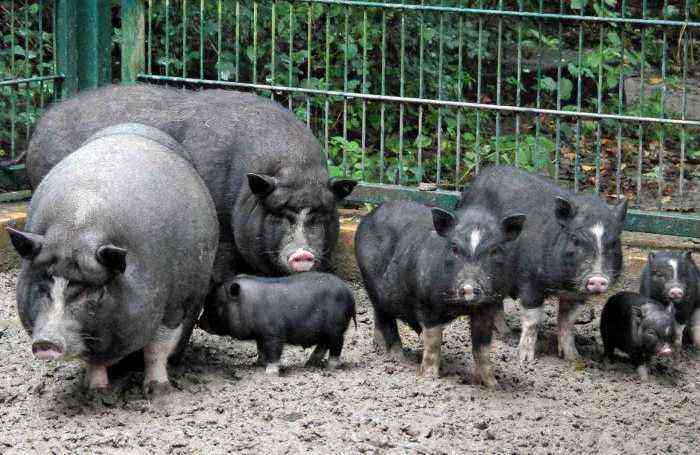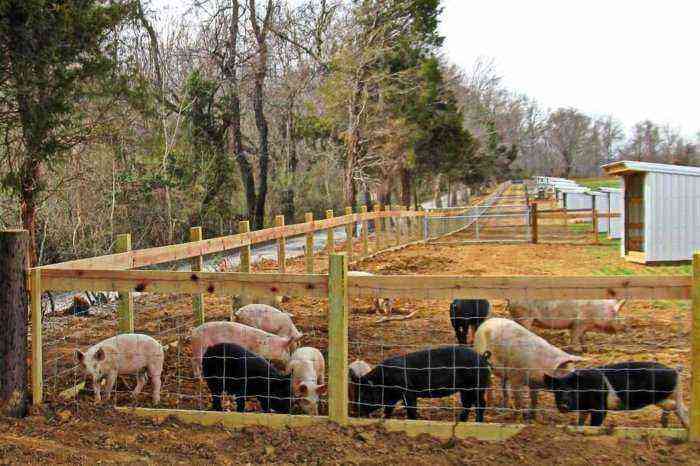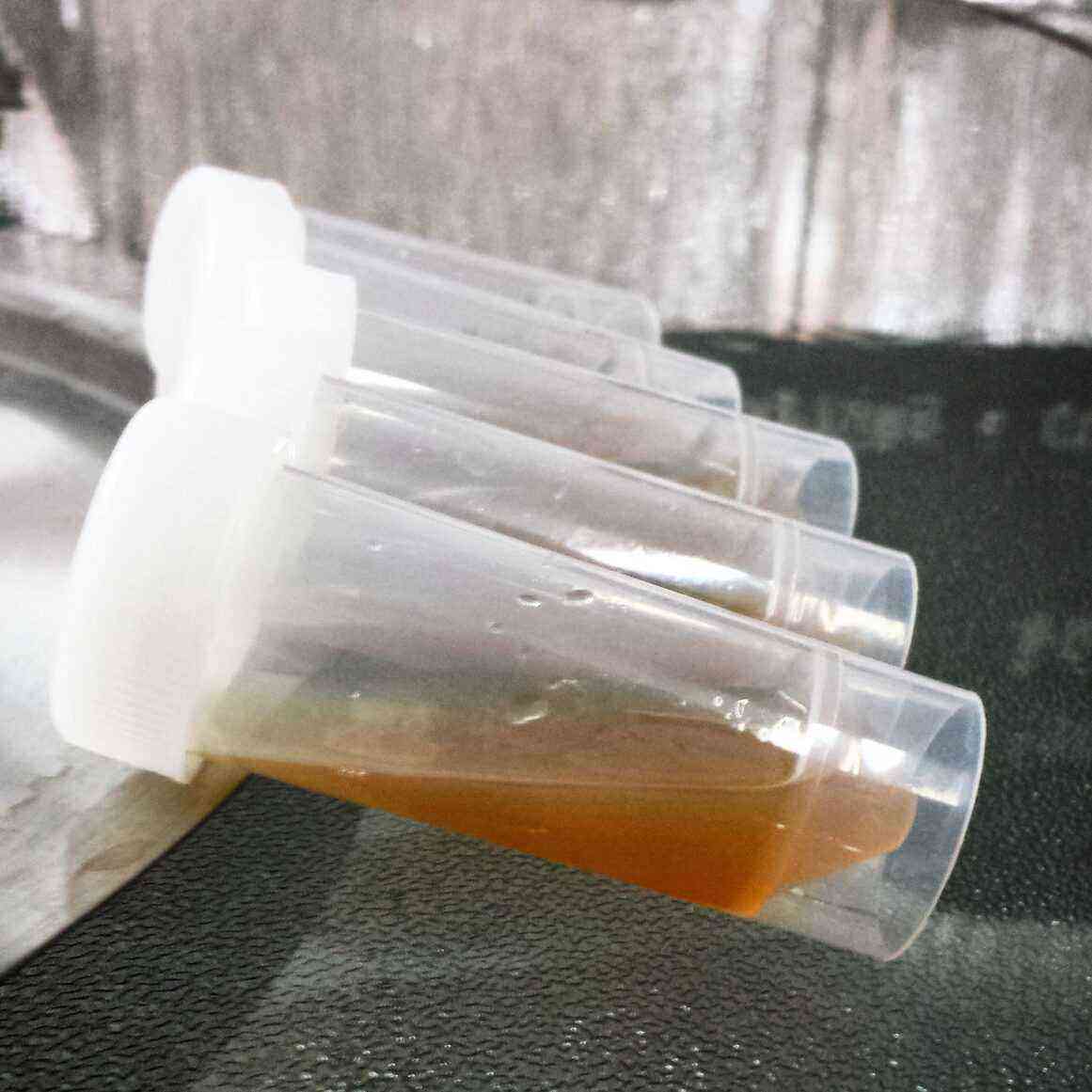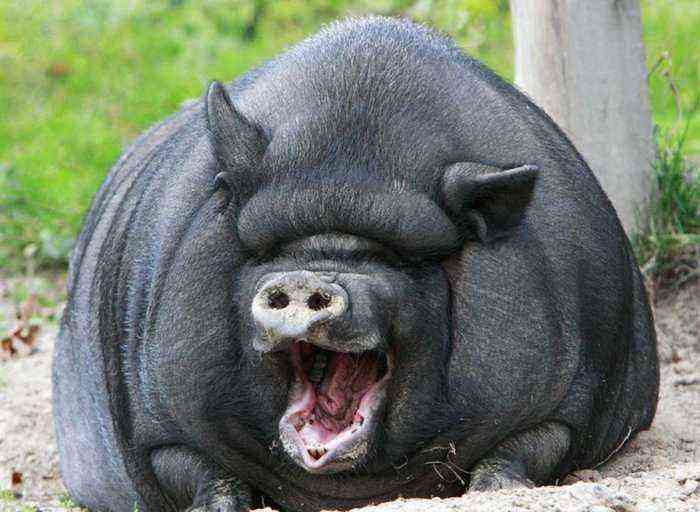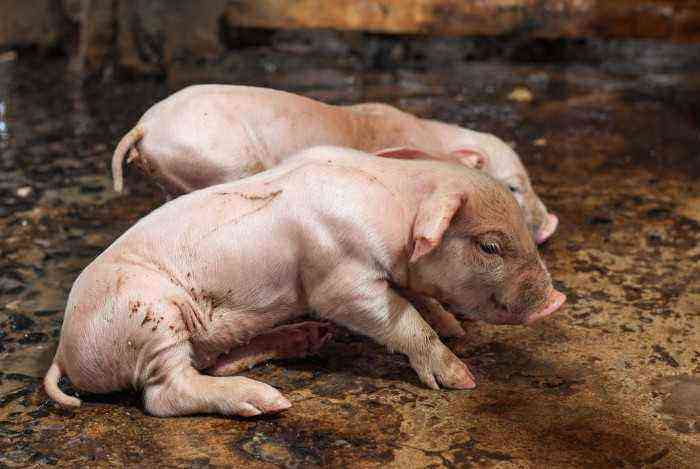A pig in the process of life can become infected with a dozen diseases that cannot be cured. Trichuriasis of pigs is not one of these, and even in the most advanced stage, the complete destruction of livestock will not be required.
Trichocephaly of piglets
Causes
The disease is caused by one of the types of nematodes – tricephalus. It has been observed that in young piglets under the age of 6 weeks, the chance of getting sick is many times greater than in adults. During the life of a pig, nematodes grow inside them and literally 3 months after infection, the worms begin to lay eggs that come out with excrement, settle on the grass, and then are eaten by other pigs. Usually, infection occurs when eating food, which in one way or another got “ripe” whipworm eggs. Settling in the caecum, the larvae make 3-4 molts and begin to lay new eggs, sucking out energy and other necessary resources from the animal’s body. At one time, an adult larva can produce up to 5000 new eggs, each of which, after 2 months, will be able to do the same.
Signs and methods of diagnosis
For the life of parasites and the continuation of offspring, a larger amount of organic substances is needed, which the larva of trichocephalus takes from the body of the host. The first “bell” for you should be the stop of the piglet in growth. If in a week or 2, the animal does not gain more than one kilogram, you should pay attention to its litter. In case cattle are infected, the stool will be thin and in rare cases too dry. The next stage will be weight loss, as well as the occurrence of bruising and swelling under the eyes. Purulent discharge in the region of the lacrimal glands and eye sockets is a symptom of an allergic reaction to toxins secreted by the worm.
If it turns out that one animal from a pair of pigs is infected, then as soon as possible you need to take its feces for tests. When the diagnosis is confirmed, it is immediately necessary to move this couple to a separate paddock and start treating them there.
Treatment
This type of nematode is securely fixed in the far corners of the silent intestine and is extremely resistant to drugs that block the nervous system of the worm. Most often, veterinarians recommend the use of the following drugs:

Fenbendazole
- Fenbendazole;
- Ivomek;
- Tetramizole;
- Fementel.
Separately, it is worth mentioning bubulin, at the moment it is the most effective remedy. The drug is administered intramuscularly, through a syringe, usually in the region of the shoulder blade. Exact dosages are always indicated by the veterinarian and are also written on the packaging. There is also a formula – 0,015 mg / kg, the deviation from the dose should not exceed 0,030 mg.
Attention! During the year, it is not recommended to use the drug more than 2 times, and at least 24 hours should elapse between doses.
Prevention
Prevention is a fairly simple topic, since in order to avoid getting nematodes, it is enough just not to purchase new pigs from sellers you did not know before, in which case the chance of infection is almost zero. If you had to buy piglets under such circumstances, then at least at first it is important to clean the pigsty every day.
It would be better if the kids have their own walking area with a hard surface. In this case, simply increase the walking time of the pigs by 2 hours and clean the floor as thoroughly as possible.
Veterinarians advise not to forget about routine examinations of animals. Once every six months, it will not be superfluous for 2-3 days to give the wards light remedies for worms, but before that, it is advisable to consult a specialist. If the veterinarian or you yourself have identified the disease in 3 or 4 piglets, it is worth injecting drugs for all animals, since even with infection, the effect becomes noticeable after 3 weeks.
Important! Having cured pigs that showed signs of infection with a nematode earlier than others, over time you will have to treat all the rest of the cattle infected from a few piglets.
Conclusion
In conclusion, we can only voice the fact that trichuriasis is not a fatal disease. It is impossible not to notice the appearance of a worm in the body of an animal; you will immediately see changes in the behavior of livestock. In order to avoid illness, it is worth 2-3 weeks to clean the pigsty more carefully than to spend money on expensive drugs and lose some part of your wards.
https://youtu.be/4ZFwiFPS61U
